Differences Between Male and Female Hair Transplantation
Hair Loss Differences in Male and Female Hair Transplantation
There are some differences in hair loss between men and women. Here are the hair loss differences in male and Female Hair Transplantation:
Frequency of hair loss: Hair loss in men is more common than in women. While 50% of men experience hair loss by the age of 50, approximately 25% of women experience hair loss.
Type of hair loss: Hair loss in men usually starts from the temples and progresses towards the top. For this reason, men often appear bald. In women, hair loss usually occurs in the form of sparseness in the upper part of the hair.
Causes of hair loss: The main cause of hair loss in men is genetic factors. In women, factors such as hormonal changes, pregnancy, menopause, thyroid problems, stress and nutritional disorders can cause hair loss.
Treatment of hair loss: Methods such as drug therapy, hair transplant and laser therapy are generally used for the treatment of hair loss in men. In women, methods such as hormonal treatments, treatment of the underlying causes of hair loss and female hair transplantation can be used.
Effect of hair loss: Hair loss usually causes psychological effects in men. They may experience loss of self-confidence, depression and difficulties in social life. The situation is similar for women, but not as often as men.
As a result, hair loss is a common problem in both men and women. However, there are differences between the causes, form and treatment methods of hair loss. Therefore, it may be necessary to apply different treatment approaches according to the gender of patients with hair loss.
Androgenetic Hair Loss in Both Men and Women
Androgenetic hair loss is a type of hair loss that can be seen in both men and women. This condition is an inherited condition usually caused by hormonal changes. Androgenetic hair loss in men usually starts from the temples and the crown area, and over time, most of the hair may be lost. In women, hair loss occurs more commonly in the form of thinning in the upper part.
Androgenetic hair loss occurs as a result of the binding of hormones called androgens to receptors in hair follicles. These hormones weaken the hair follicles and cause the hair to become thinner and shorter. This can result in hair growing less frequently and eventually disappearing altogether. For androgenetic hair loss treatment, methods such as drug therapy, hair transplant and laser therapy are generally used. The treatment is designed to stop hair loss and allow hair to regrow. In conclusion, androgenetic hair loss is a common problem in both men and women and is caused by hormonal changes. However, treatments may differ for both genders, and therefore, patients with androgenetic hair loss may require different treatment approaches according to their gender.
Things to Consider in Male Hair Transplantation
Hair transplantation in men is a preferred method for the treatment of hair loss, which is generally called androgenetic alopecia. Some important factors to consider before having a hair transplant are:
Being a suitable candidate: Suitable candidates for hair transplantation are generally men who have permanent hair loss, have a healthy hair area, are in good general health and do not smoke.
Hair transplantation method selection: There are different hair transplantation methods such as FUT (Follicular Unit Transplantation) and FUE (Follicular Unit Extraction). Each method has different advantages and disadvantages, and the preferred method depends on factors such as the patient’s hair loss status, hair quality and expectations from hair transplantation.
Doing research before having a hair transplant: Before having a hair transplant, it is important to consult with a specialist who has knowledge about hair transplant and to research the clinics. In addition, before hair transplantation, the patient should provide information about his/her health history and the drugs he/she is using.
Careful planning: Hair transplantation is a long process that requires several sessions. Before hair transplantation, it is important to carefully plan the area to be transplanted and the amount of hair to be removed.
Maintaining a healthy lifestyle: It is important to maintain a healthy lifestyle for the recovery process after hair transplantation. Factors such as smoking, excessive alcohol consumption, and unhealthy diet may adversely affect the recovery after hair transplantation.
As a result, female hair transplantation is a great option for many men to deal with hair loss. However, it is important to plan carefully, choose the right hair transplant method and maintain a healthy lifestyle before having a hair transplant.
Male Hair Transplantation
Male hair transplantation is usually applied to solve the hereditary hair loss problem called androgenetic alopecia. Hair transplantation is usually performed using two basic methods, Follicular Unit Transplantation (FUT) and Follicular Unit Extraction (FUE).
FUT Method: The FUT method involves the separation of hair follicles by cutting a strip of skin from the hairy area. This strip of skin is cut in appropriate sizes in the area where hair transplantation will be performed, and the hair follicles in these areas are prepared by separating them under a microscope. Then, hair follicles are placed one by one in the balding area.
FUE Method: The FUE method is a more modern method that involves taking hair follicles one by one and placing them in the bald area. In this method, hair follicles are taken one by one from the hairy area and placed in the bald area by opening small holes in the skin.
Hair transplantation is usually performed under local anesthesia and the patient is prevented from feeling pain during the procedure. Processing time may vary depending on the hair transplant method and the size of the procedure. Post-procedure requires a short recovery period for a few days, and a few days of rest is usually recommended.
After the hair transplant procedure, the hair may shed in the first few weeks. However, the shed hair will grow back over time. After female hair transplantation, specialists usually give special care instructions for patients to protect their hair.
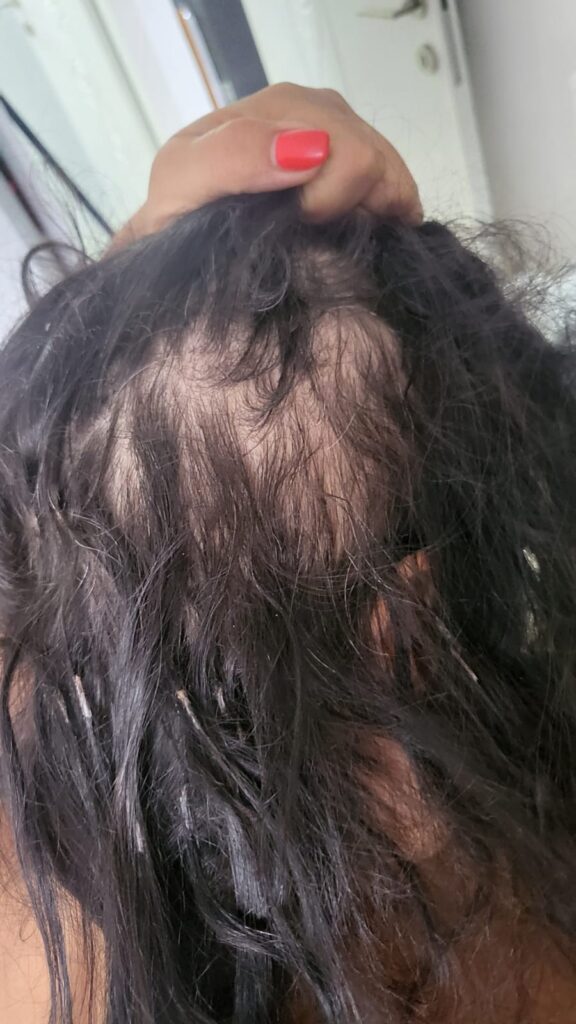
Female Hair Transplantation
Women, like men, may experience hair loss problems and female hair transplantation can be applied to solve this problem. However, the (Female Hair Transplantation) hair transplant procedure for women differs from men. The causes of women’s hair loss may be different from men’s, and therefore special hair transplantation methods can be used for women.
The most suitable female hair transplantation method for women is usually the Follicular Unit Extraction (FUE) method. The FUE method involves taking the hair follicles one by one and placing them in the bald area. This method helps women maintain the natural appearance of their hair.
Hair transplantation for women is usually performed under local anesthesia. However, women’s hair follicles may be more sensitive than men’s and therefore more care may be required during the procedure. After the procedure, women are given special care instructions to protect their hair.
Before hair transplantation for women, it is important to determine the cause of hair loss and to determine an appropriate treatment plan. In some cases, hair loss may be a hormonal problem and hormone therapy may be required in this case. In addition, hair transplantation for women may not be suitable during pregnancy or breastfeeding.
As a result, hair transplantation for women can be an effective solution as it is for men. However, it is important to make an appropriate evaluation and consult with a specialist doctor before the procedure.
How Are Male and Female Hair Transplantation Different?
There are some differences between male and female hair transplantation methods. These differences are explained below:
Hair loss type: Hair loss in men usually starts in the crown area and progresses. In women, hair loss is usually sparse in the upper part of the hair.
Donor area: The donor area where the hair used for hair transplantation is taken is usually the hairy area on the back in men. In women, the donor area may be in the hairy area on the sides in addition to the hairy area on the back.
Hairline: In men, the hairline is usually V-shaped and is above the forehead. In women, the hairline is straighter and below the forehead.
Hair density: Since women’s hair is generally thinner than men’s, hair transplantation for women requires a more delicate approach.
Hair transplantation method: For women, the FUE (Follicular Unit Extraction) method is generally used for hair transplantation. This method involves taking the hair follicles one by one and placing them in the bald area. In men, FUE and FUT (Follicular Unit Transplantation) methods can be used.
Hormonal factors: Women’s hair loss problem can be caused by different hormonal reasons than men. For this reason, the cause of hormonal changes should be determined before hair transplantation for women and a treatment plan should be created accordingly.
As a result, there are differences between male and female hair transplantation methods, and therefore, a special hair transplantation plan should be created for each patient. A specialist doctor can determine the cause of the hair loss problem and recommend the most appropriate hair transplantation method according to the patient’s gender, hair thickness and suitability for hair transplantation.
Is There a Price Difference Between Male and Female Hair Transplantation?
Whether there is a price difference between male and female hair transplantation depends on many factors. Among these factors, there are factors such as the hair transplant method used, the width of the female hair transplantation area, the number of hair transplants, the patient’s hair structure, gender, and the degree of hair loss. In general, the hair transplant procedure for women can be more expensive than for men. This may be because the hair transplant procedure requires a more delicate approach, as women’s hair is usually thinner.
Also, more procedures may be required as the donor area may be more limited for women. For these reasons, hair transplantation for women may take longer than men, which may affect the price. However, hair transplant prices may vary according to countries and clinics in general. Pricing may vary depending on the clinic’s technological capabilities, experienced staff, location and other factors. In summary, the price difference between male and female hair transplantation depends on many factors and is determined by considering the specific situation of each patient.
Are There Differences in Male and Female Hair Transplantation Success Rates?
There may be differences between male and female hair transplant success rates. The reason for this is the necessity of applying different techniques of hair transplantation for men and women. For example, since the female hairline is generally more rounded and fuller, women may need to use thinner hair strands during the hair transplant procedure.
In addition, since the hair structure of women is different from that of men, hair transplantation may require a different approach. Since women’s hair is thinner, female hair transplantation may need to be done more precisely and thinner hair strands should be used.
However, the success rate of hair transplantation depends on factors such as the patient’s hair structure, age, health status, lifestyle and personal care habits, as well as the technique applied. For a successful hair transplant procedure, it is extremely important to select suitable candidates and to select an expert and experienced team to perform the Female hair transplantation .
In summary, there may be differences between male and female hair transplantation procedures, and a hair transplantation plan should be determined according to the individual situation of each patient. The success rate of hair transplantation depends on the individual factors of the patient as well as the technique applied.
You can benefit from the privileges by contacting us.
- Best price guarantee
- You will not encounter hidden payments.
- Free transfer to airport, hotel or hospital
- Accommodation is included in the package prices.

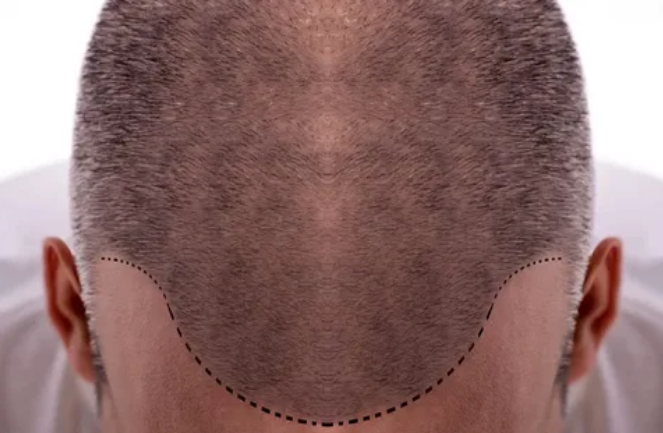
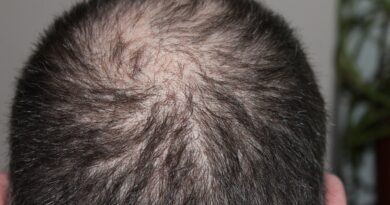
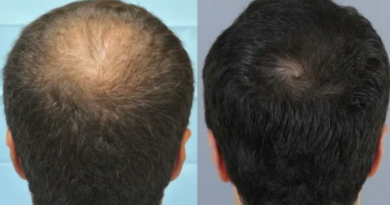
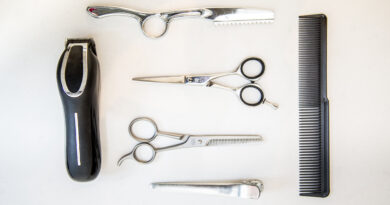
Pingback: FUE, FUT and DHI Hair Transplant Procedure Differences - AskMedicals